The Moon Is A Loyal Companion
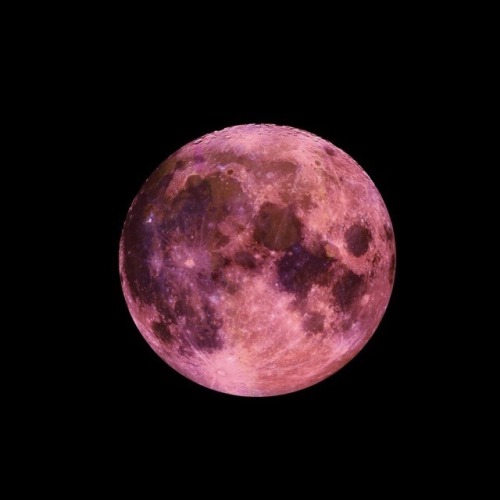




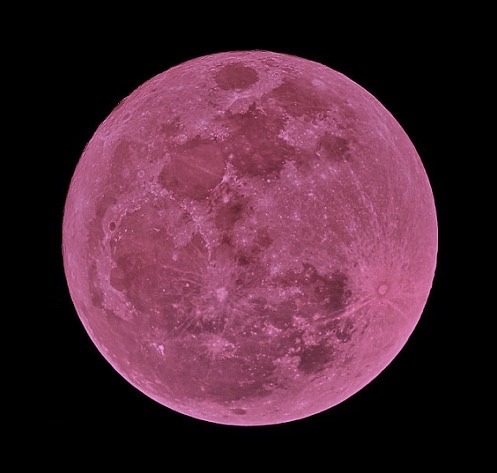


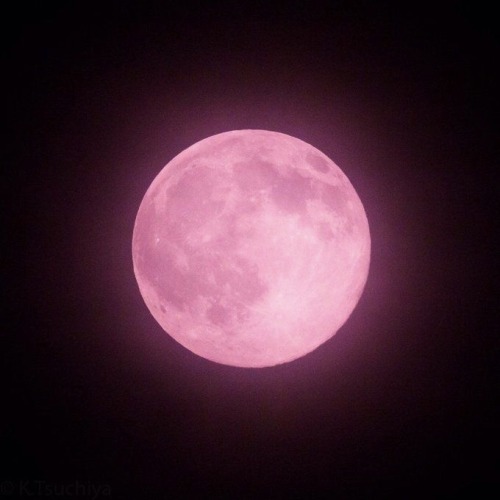
the moon is a loyal companion
More Posts from Sidusglacies and Others

Astronomy vignettes. Learning about our world. 1932.

Where clouds form. Understanding Our World. Book 2. 1947. Internet Archive




video stills april 2020

Comet Lovejoy by Simon W






this storm season started off so poorly for me but the last week has been one of the best weeks of my life. life is weird like that.


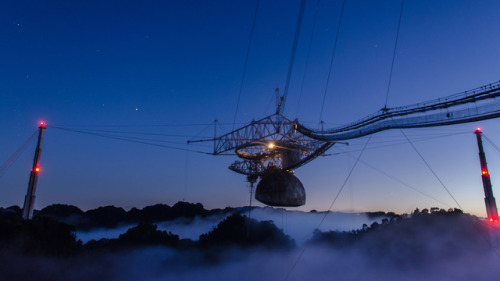
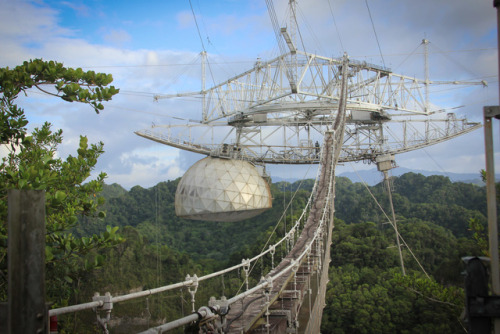

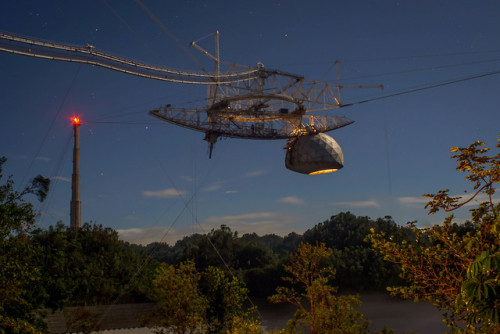
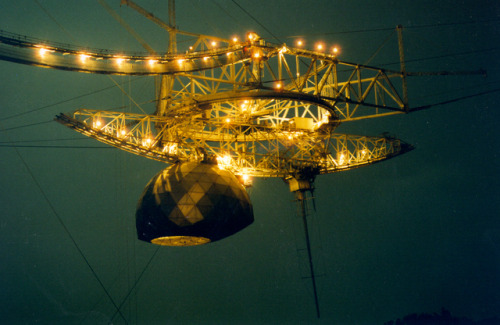
Arecibo Observatory
The Arecibo Observatory is a radio telescope in the municipality of Arecibo, Puerto Rico. This observatory is operated by University of Central Florida, Yang Enterprises and UMET, under cooperative agreement with the US National Science Foundation (NSF). The observatory is the sole facility of the National Astronomy and Ionosphere Center (NAIC), which is the formal name of the observatory. From its construction in the 1960s until 2011, the observatory was managed by Cornell University.
For more than 50 years, from its completion in 1963 until July 2016 when the Five hundred meter Aperture Spherical Telescope (FAST) in China was completed, the Arecibo Observatory’s 1,000-foot (305-meter) radio telescope was the world’s largest single-aperture telescope. It is used in three major areas of research: radio astronomy, atmospheric science, and radar astronomy.
Many scientific discoveries have been made with the observatory. On April 7, 1964, soon after it began operating, Gordon Pettengill’s team used it to determine that the rotation period of Mercury was not 88 days, as formerly thought, but only 59 days. In 1968, the discovery of the periodicity of the Crab Pulsar (33 milliseconds) by Lovelace and others provided the first solid evidence that neutron stars exist. (Crab pulsar sound by Arecibo Observatory)

In 1974, Hulse and Taylor discovered the first binary pulsar PSR B1913+16, an accomplishment for which they later received the Nobel Prize in Physics. In 1982, the first millisecond pulsar, PSR B1937+21, was discovered by Donald C. Backer, Shrinivas Kulkarni, Carl Heiles, Michael Davis, and Miller Goss. This object spins 642 times per second and, until the discovery of PSR J1748-2446ad in 2005, was identified as the fastest-spinning pulsar.
The Arecibo Message

In 1974, the Arecibo Message, an attempt to communicate with potential extraterrestrial life, was transmitted from the radio telescope toward the globular cluster Messier 13, about 25,000 light-years away. The 1,679 bit pattern of 1s and 0s defined a 23 by 73 pixel bitmap image that included numbers, stick figures, chemical formulas and a crude image of the telescope. source

Le Tempestaire (Jean Epstein, 1947)











Saturn as seen from its moon Enceladus, illustrated by Chesley Bonestell, 1972.
-
 copiawife reblogged this · 2 weeks ago
copiawife reblogged this · 2 weeks ago -
 tiredafbunny liked this · 2 weeks ago
tiredafbunny liked this · 2 weeks ago -
 sunshinedel-rey reblogged this · 3 weeks ago
sunshinedel-rey reblogged this · 3 weeks ago -
 jade-lemonade reblogged this · 4 weeks ago
jade-lemonade reblogged this · 4 weeks ago -
 eerieghoull reblogged this · 4 weeks ago
eerieghoull reblogged this · 4 weeks ago -
 fairyfrgf liked this · 1 month ago
fairyfrgf liked this · 1 month ago -
 spirallyxstimmingxmermaid liked this · 1 month ago
spirallyxstimmingxmermaid liked this · 1 month ago -
 kittischarm liked this · 1 month ago
kittischarm liked this · 1 month ago -
 almaarmadablogs liked this · 1 month ago
almaarmadablogs liked this · 1 month ago -
 urbxntwilight liked this · 1 month ago
urbxntwilight liked this · 1 month ago -
 mynamesnotpatrick1243 liked this · 1 month ago
mynamesnotpatrick1243 liked this · 1 month ago -
 kinda-magic-girl reblogged this · 1 month ago
kinda-magic-girl reblogged this · 1 month ago -
 kinda-magic-girl liked this · 1 month ago
kinda-magic-girl liked this · 1 month ago -
 all-class-darling liked this · 1 month ago
all-class-darling liked this · 1 month ago -
 matchstick-bones reblogged this · 1 month ago
matchstick-bones reblogged this · 1 month ago -
 sadlyslutty reblogged this · 1 month ago
sadlyslutty reblogged this · 1 month ago -
 haloglows reblogged this · 1 month ago
haloglows reblogged this · 1 month ago -
 sincerely-erica reblogged this · 1 month ago
sincerely-erica reblogged this · 1 month ago -
 she-and-their-demons reblogged this · 1 month ago
she-and-their-demons reblogged this · 1 month ago -
 dreaming-and-snorlaxing reblogged this · 1 month ago
dreaming-and-snorlaxing reblogged this · 1 month ago -
 moonlight-pisces reblogged this · 1 month ago
moonlight-pisces reblogged this · 1 month ago -
 optimistic-catastropheeee reblogged this · 1 month ago
optimistic-catastropheeee reblogged this · 1 month ago -
 frankensteins-revival reblogged this · 1 month ago
frankensteins-revival reblogged this · 1 month ago -
 peachafterdark reblogged this · 1 month ago
peachafterdark reblogged this · 1 month ago -
 optimistic-catastropheeee liked this · 1 month ago
optimistic-catastropheeee liked this · 1 month ago -
 cranky-witch reblogged this · 1 month ago
cranky-witch reblogged this · 1 month ago -
 weepingbearfox liked this · 1 month ago
weepingbearfox liked this · 1 month ago -
 bummblebeann reblogged this · 1 month ago
bummblebeann reblogged this · 1 month ago -
 lovelylittlevvitch liked this · 1 month ago
lovelylittlevvitch liked this · 1 month ago -
 witchiestpeachfairy reblogged this · 1 month ago
witchiestpeachfairy reblogged this · 1 month ago -
 sighss liked this · 1 month ago
sighss liked this · 1 month ago -
 enemystreetlights reblogged this · 1 month ago
enemystreetlights reblogged this · 1 month ago -
 bookandtealover liked this · 1 month ago
bookandtealover liked this · 1 month ago -
 muckmagister liked this · 1 month ago
muckmagister liked this · 1 month ago -
 puppetdyke reblogged this · 1 month ago
puppetdyke reblogged this · 1 month ago -
 puppetdyke liked this · 1 month ago
puppetdyke liked this · 1 month ago -
 xluxsolarisx reblogged this · 1 month ago
xluxsolarisx reblogged this · 1 month ago -
 okawawebster liked this · 2 months ago
okawawebster liked this · 2 months ago -
 flovey-dovey liked this · 2 months ago
flovey-dovey liked this · 2 months ago -
 phamalam reblogged this · 2 months ago
phamalam reblogged this · 2 months ago -
 starlight098 reblogged this · 2 months ago
starlight098 reblogged this · 2 months ago -
 wisteriagroves reblogged this · 2 months ago
wisteriagroves reblogged this · 2 months ago -
 do-not-belong-this-planet reblogged this · 2 months ago
do-not-belong-this-planet reblogged this · 2 months ago -
 kawaiisquishybunny reblogged this · 2 months ago
kawaiisquishybunny reblogged this · 2 months ago -
 1kgyal liked this · 2 months ago
1kgyal liked this · 2 months ago -
 rainymorninperson reblogged this · 2 months ago
rainymorninperson reblogged this · 2 months ago -
 princessfaerygia liked this · 2 months ago
princessfaerygia liked this · 2 months ago
